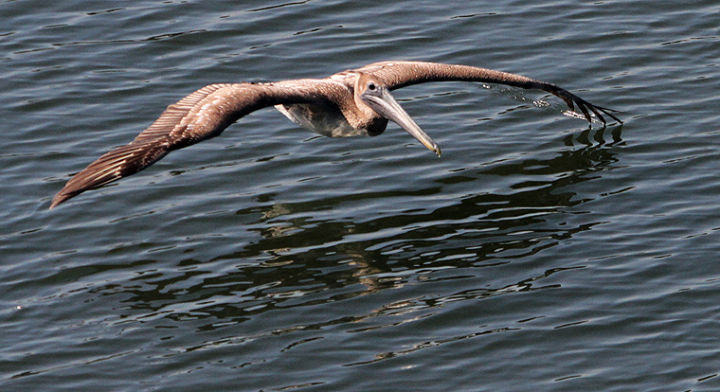
VERO BEACH — In an effort to curb nutrient runoff from lawns in the city going into the Indian River Lagoon, the Vero Beach City Council Tuesday night voted 5-0 on a first reading to approve an ordinance restricting fertilizer use in the city.
If approved on final reading Nov. 5, the ordinance would restrict the types and amounts of fertilizer that can be used, plus the times of year and weather conditions during which residents can fertilize their lawns and landscaping.
After the Indian River County Board of Commissioners, under continued pressure from environmental activists concerned about the state of the Indian River Lagoon approved a stringent fertilizer ordinance this summer, the city instructed the staff to draft an ordinance that meshed with the county. This move is a strengthening of a weaker ordinance the city approved in 2012.
The ordinance restricts the amount of nitrogen in fertilizer, requires a portion of the nitrogen be “slow release” nitrogen, bans phosphorus in fertilizer and imposes a four-month black-out period during the rainy season. Application of fertilizer during a rain event would also be regulated.
Councilwoman Pilar Turner said she was delighted to pass the ordinance and emphasized that it’s important, both for enforcement and for those local businesses that sell and use fertilizer to have the city ordinance in congruence with the county’s ordinance.
City Attorney Wayne Coment said the city’s ordinance is basically the same as the county ordinance, with one difference when it comes to enforcement.
“With enforcement, we tried to make that compatible with what the city has for code enforcement,” said City Attorney Wayne Coment.
“So we just would be saying that we would rely on our code enforcement process,” Coment added.
The City of Sebastian and the Town of Indian River Shores have stuck with a less-restrictive ordinance modeled after one developed by a state task force.
Several members of the public spoke to the issue, both encouraging the council to approve the ordinance and cautioning the council to not think a fertilizer ordinance will be a quick fix to the complex environmental problems concerning the lagoon.
Experts are not certain that runoff from fertilizer is the true root of the disappearance of the sea grass beds in the Indian River County portion of the lagoon – that’s why it’s called “nonpoint source pollution” – but regulating fertilizer application is seen as one of several tools available to reduce nutrients which can change the chemistry of the lagoon and cause algae blooms, which deprive sea grass beds of sunlight.
Vice Mayor Tracy Carroll called the ordinance a “multi-factorial approach” to addressing the issue of the destruction of sea grass, which she called “an ecological disaster.” She said if a fertilizer ordinance could possibly help the problem, it’s worth a try.
Other contributing factors are discharges from water treatment and industrial facilities and septic tanks. Uncollected feces from pets has even been discussed as a source of contamination of the lagoon.
Golf courses and public facilities such as athletic fields are exempt from the proposed ordinance.
“A strong fertilizer ordinance is the most cost-effective solution to our problem,” said local resident and Ocean Research and Conservation Organization Senior Vice President John Orcutt, a marine biologist who has spoken out at many public meetings about the lagoon.
Representatives from the Scotts company and a former county extension agent cautioned the council about the four-month blackout period, saying that thicker, healthier turf grass acts as a better filter for nutrients, reducing stormwater runoff.
“I’m not going to stand in the way of this thing, it’s just I don’t see this as a stronger ordinance. I see this as a different ordinance,” said Councilman Jay Kramer.
The second public hearing will be held Nov. 5.



